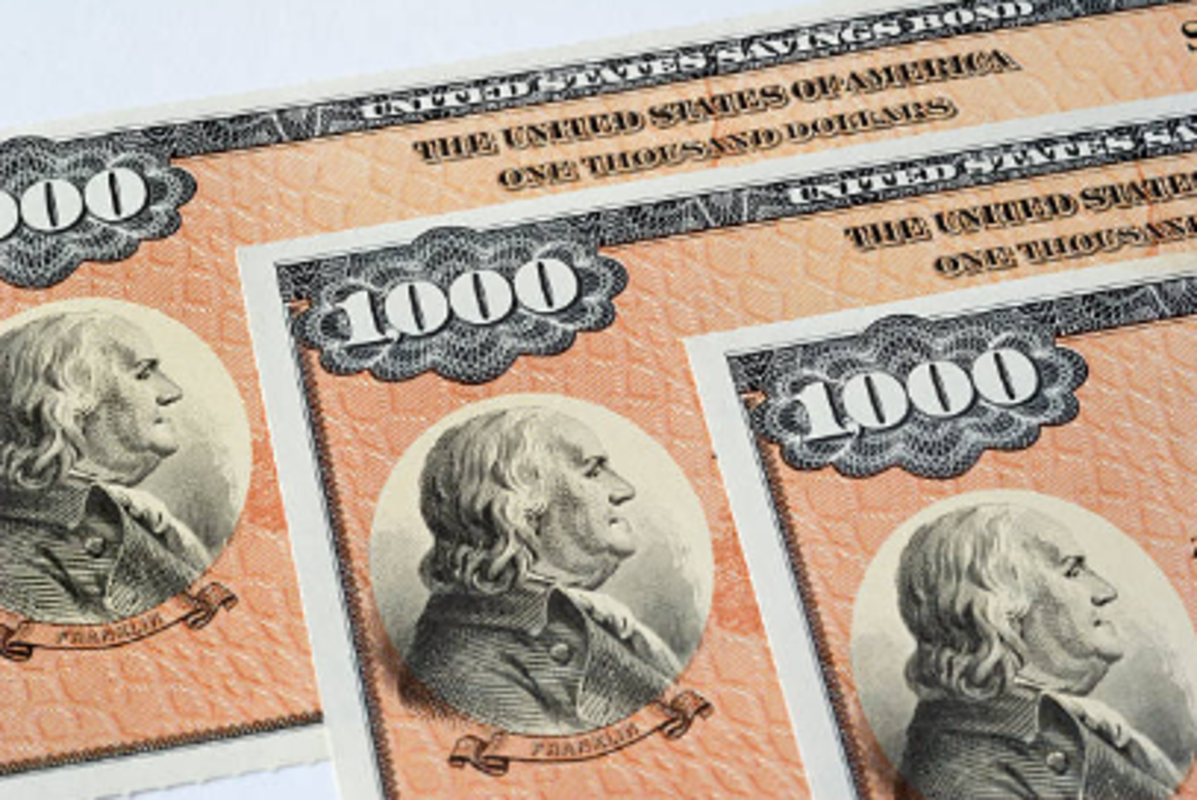
Isn't It Ironic, Don't You Think? How the US is Losing US$/UST Hegemony
The US used to fight wars to prevent the world from trading oil in currencies other than US$. Now it seems like it has become in the strategic interest of the US to encourage the world to trade energy in currencies other than the US$. The implications of this transition should not be taken lightly.
The reason for this change in view is that more expensive oil in US$ terms forces foreign holders of USTs to sell down these UST holdings in order to procure the US$ necessary to buy the more expensive oil. This UST selling by foreign holders, commensurate with a Treasury that has to finance growing deficits of 6%+ of GDP with over $500bn in net duration securities every quarter, creates a tremendous amount of supply pressure on USTs. We have seen how periods of tremendous selling pressure can impact UST pricing most recently in the August-October period last year as well as the September-October period of 2022.

Since the US decided strategically to expropriate Russian Fx reserves in 2022 after their invasion of the Ukraine and has sanctioned the reserves of other enemy nations in the past, it must know now that no country is going to trust the US government enough to continue building UST reserves over time. As a result, the US must engage in a plan to slow down the foreign selling of USTs to buy time before Treasury can transition back to USTs being forced back on to bank balance sheets or ultimately back to the Fed. Enter non-US$ energy transactions to the mix.
If the US allows USTs holders to purchase oil in their local currency, these countries will not be forced to sell USTs aggressively like we saw in last year when oil prices were rising quickly. If they instead price oil in local currency, they can trade with oil exporters for goods and services in their local currency, and settle excess trade balances first in Foreign Direct Investment (FDI) of the importing country, then in asset purchases of the importer nation (stocks, property, bonds, etc) and finally, if there are any excess balances left over, they can settle in gold.
This system of moving away from US$ pricing for oil transactions seems to have accelerated post the BRICS meeting in August 2023 after the inclusion of oil producers Saudi, UAE and Iran into the group. BRICS+ countries are now control well over 60% of global oil export flows while demand from BRICS+ nations are the fastest growing areas of the world so BRICS+ has much more ability now to dictate how the oil the will be transacted and in what currencies. Most market participants and political prognosticators mistakenly saw this August meeting as a failure to deliver an alternative BRICS currency but in reality, what it did was re-introduce gold as a neutral settlement asset allowing countries to trade goods in local currencies and settle any excesses in gold. This is exactly what BRICS wanted. Finally, a plan to displace US$ and UST hegemony has been put into motion and is being embraced by a larger segment of the global population.

Immediately after these meetings in August, we saw what looks in hindsight like an engineered attack on the UST market where a strong move higher in crude oil prices (coordinated?) forced foreign UST holders to sell USTs in order to raise US$ to pay up for more expensive energy. Term premiums rose, the UST market sold off materially and equity indices cratered as risk premiums elevated on what were relatively minor drops in foreign holdings of USTs according to TIC data. This significant rise in yields over a short two month period seemed to scare the crap of the Fed and the Administration.
As bonds were selling off and the market was growing increasingly concerned about ever increasing US government deficits that would not be financed by price insensitive foreign buyers, it seems as though Yellen and Powell went to the October IMF meetings in DC to discuss with allies a plan to allow them to slow down the UST selling. These discussions then gave them the ability to engineer their dual policy pivot on November 1st.
Yellen surprised markets by announcing less UST duration selling than the market was expecting while Powell basically removed the final rate hike expected by the Fed in 4Q23.
This coordinated plan led to a drastic loosening of financial conditions that brought yields lower and removed the pressure on the bond market to give the US time to figure out a longer term way to slow down foreign UST selling. 10 year yields fell from 5% to 3.8% by the end of 2023 and risk assets recovered mightily.
How was this done? Enter the non-US$ buying of oil.
I believe that by blessing the ability of our allies (specifically Japan) to buy energy in currencies other than US$ (China and India already are doing this), this would slow down the need for them to sell their UST holdings to get the US$ necessary for them to buy oil.
It has now become in the US government’s strategic interest to want our allies (and other UST holders) to buy oil in local currency to provide them the incentive not to rapidly sell down their UST holdings when they need US$. The US recognizes that it needs time to find new buyers of its growing deficit (ultimately will regulate domestic banks to buy more and then the Fed again) so slowing down foreign selling of USTs until we get there is very important.
The US spent trillions of dollars over decades to prevent countries from buying and selling oil in currency other than US$ but has now flipped on that view to slow down the selling and realizes it is in its strategic interest to do so. Somewhere Alanis Morissette is laughing at the irony.
This Yellen orchestrated plan then went into further motion at the San Francisco G20 meetings in November where they cleaned up the city for China’s Xi and Saudi’s MBS. As long as the world exporters of oil settled excess trade balances in gold and not by buying the government bonds of the importing nations, the US would be ok with the arrangement. It seems like the US has finally blessed the Saudi/China trading of oil in RMB terms as long as Saudi settles excess reserves in gold rather than Chinese government bonds because the latter would be seen as helping to fund China’s growing military, something that the US clearly doesn’t want to see happen either.
I think the key from here is to see whether Japan is able to purchase energy in yen terms. As their currency weakens with slower growth and higher energy prices, normally Japan would be forced to selling USTs in order to raise US$ to pay for more expensive energy. If we see the relationship between yen and the US 10 year yields break down in coming weeks, we will know that perhaps they have been given that ability.
BRICS finance ministers meet again next week and after Xi visits Europe in the coming days, Putin will be heading to China to see him in the middle of May. We know that China and India are already buying oil in their local currency. I am starting to think that Japan may be doing this as well and over time, Europe will too. We need to watch for more momentum on this dynamic emerging from these meetings in the coming weeks.
Gold has been re-inserted into the monetary system again and will continue to grow its share as global neutral reserve asset over time. Powell’s performance last week, once again speaking dovish despite accelerating inflation data, suggests the Fed’s primary role of ensuring smooth UST market functioning remains in play. The US needs a weaker US$ and lower interest rates to survive and Fed will help accommodate that over time since a dysfunctional political environment in Washington DC has proven incapable of doing anything on either raising taxes or cutting spending to rectify the deficit situation.
I expect more commodity transactions to be done away from US$ over time now that the US is aware of its strategic interest to support non-US$ commodity trading to prevent accelerating UST sales going forward.
Economic warfare is being fought at the highest levels and it seems like BRICS scored a major victory last fall. The US decision to sanction Russia was a strategic error in hindsight and BRICS orchestrated another attack to deepen the wound. Although the United States went to war in Iraq and spent trillions of $$ fighting the battle to prevent oil from being priced in non-US$, it seems as though we finally understand the error in that thinking. This does not have to be the fatal blow if the US now embraces a multilateral currency world that allows a weakening of the US$ to assist the rebuilding of supply chain and the rebuilding of our domestic manufacturing base. Early signs suggest that the US is finally starting to recognize these geopolitical realities. But only time will tell how this plays out.





